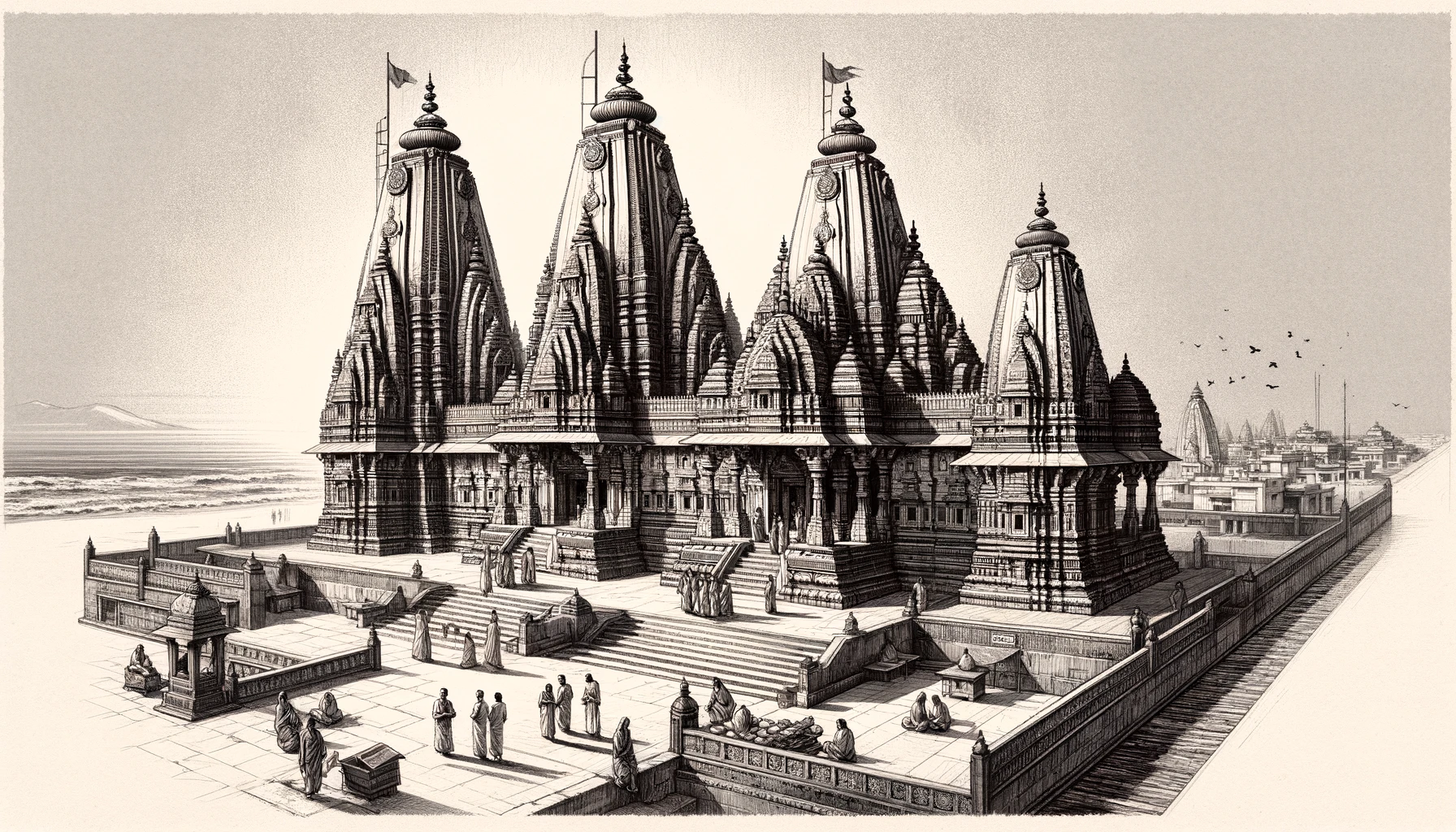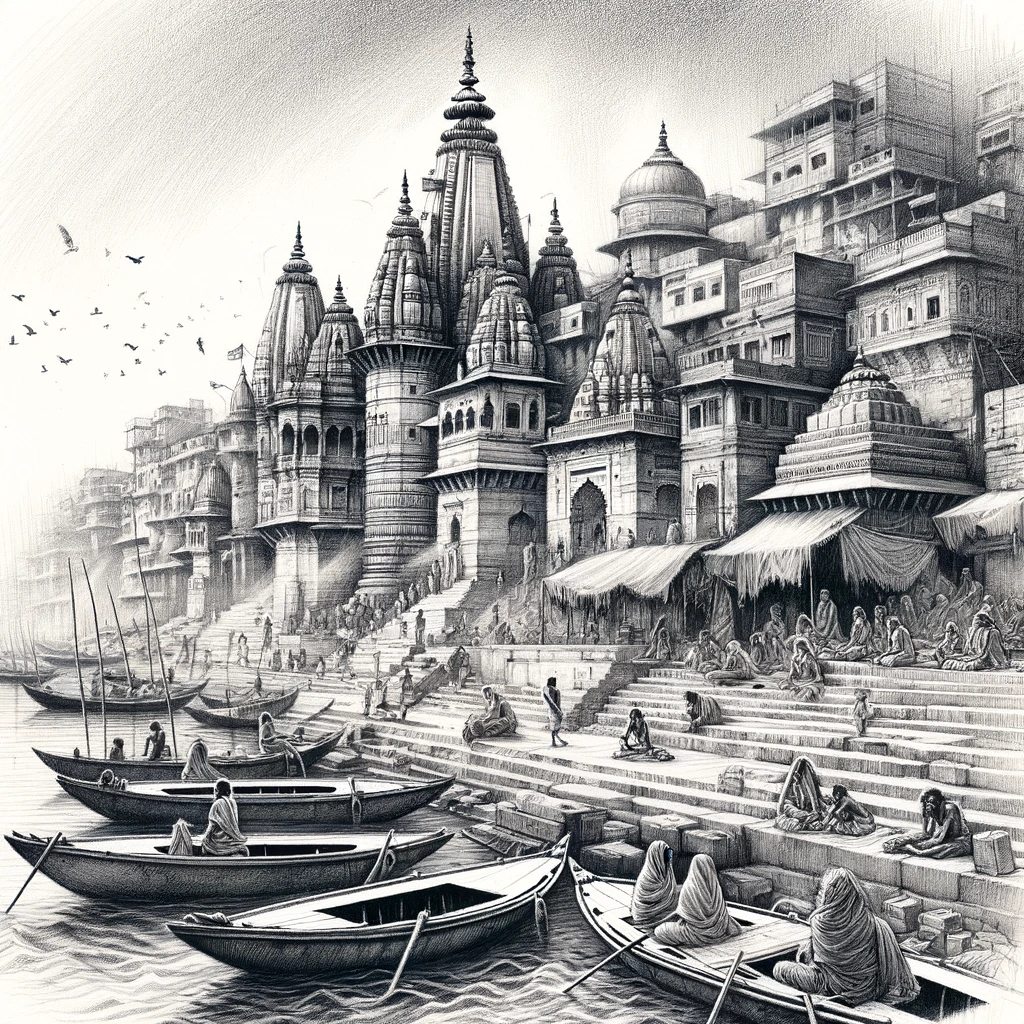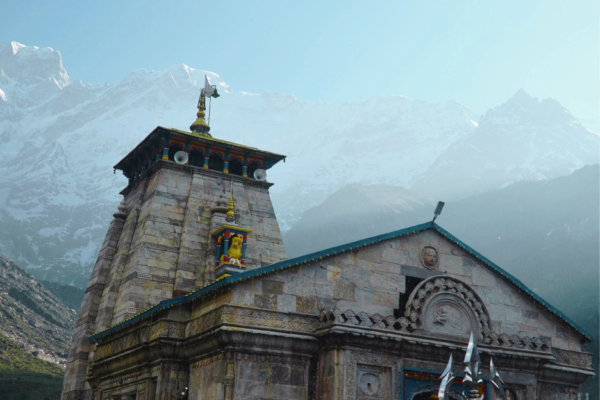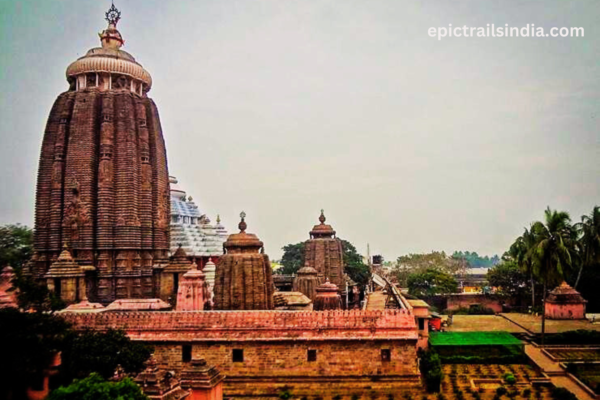India, with its profound spiritual heritage, is home to numerous temples dedicated to Lord Vishnu and his avatars. These temples, spread across the length and breadth of the country, are not just places of worship but are also architectural marvels and centers of cultural significance. Here’s a list of some of the top temples dedicated to Lord Vishnu and his avatars:
1. Sri Venkateswara Temple, Tirumala (Andhra Pradesh)
Dedicated to Lord Venkateswara, an incarnation of Vishnu, this temple is one of the most visited and wealthiest pilgrimage sites in the world. The temple is located atop seven hills in Tirumala and is famous for its annual Brahmotsavam festival.
- Mythological Significance: Believed to be the incarnation of Lord Vishnu in the Kali Yuga, Lord Venkateswara’s abode is said to be on the seven hills of Tirumala, making it a major pilgrimage site.
- Historical Importance: The temple has received patronage from various dynasties, including the Pallavas, Cholas, and Vijayanagara rulers, contributing to its rich architectural and cultural heritage.
2. Jagannath Temple, Puri (Odisha)
This temple is dedicated to Lord Jagannath, a form of Vishnu. It is famous for its annual Rath Yatra, where the deities Jagannath, Balabhadra, and Subhadra are paraded on massive chariots, drawing millions of devotees.
- Mythological Significance: Dedicated to Lord Jagannath (Krishna), this temple is famous for the annual Rath Yatra. Legend says that King Indradyumna built it under divine guidance to house the deity’s form, found within a sacred log of wood.
- Historical Importance: The current structure dates back to the 12th century, established by King Anantavarman Chodaganga Deva, marking it as a significant historical site.
3. Padmanabhaswamy Temple, Thiruvananthapuram (Kerala)
This temple is known for its reclining statue of Lord Vishnu on the serpent Ananta. The temple is a blend of Kerala and Dravidian architectural styles and has recently gained international attention for the treasures discovered in its vaults.
- Mythological Significance: The temple is known for its reclining statue of Vishnu on Anantha, the serpent. It’s closely associated with the legends of the Mahabharata and Puranas.
- Historical Importance: With references to the temple in texts dating back to the early medieval period, its history is intertwined with the royal family of Travancore, who consider themselves to be servants of the deity, Padmanabha.
4. Dwarkadhish Temple, Dwarka (Gujarat)
Dedicated to Lord Krishna, an avatar of Vishnu, this temple is part of the Char Dham pilgrimage. The temple, located on the banks of the Gomti river, is known for its elaborate structure and festivals like Janmashtami.
- Mythological Significance: As the kingdom of Lord Krishna, Dwarka holds a pivotal place in Hindu mythology. The Dwarkadhish temple celebrates Krishna’s life and teachings.
- Historical Importance: The city’s archaeological findings suggest its prominence as a significant port city in ancient times, with the temple serving as a spiritual beacon for centuries.
5. Ranganathaswamy Temple, Srirangam (Tamil Nadu)
This temple is revered for its imposing architectural design and is dedicated to Lord Ranganatha (Vishnu in a reclining posture). It is one of the largest temple complexes in the world and a prominent center for Vaishnavism.
- Mythological Significance: This temple is revered in Vaishnavism for housing the deity Ranganatha, a form of Vishnu reclining on the serpent Sesha. It’s surrounded by legends dating back to the Ramayana.
- Historical Importance: With origins dating back to the Tamil Sangam period, the temple’s complex was developed by various dynasties, making it an architectural and cultural marvel.
6. Badrinath Temple, Badrinath (Uttarakhand)
Part of both the Char Dham and the Chota Char Dham pilgrimage routes, this temple is dedicated to Lord Vishnu. Situated in the Garhwal hills along the banks of the Alaknanda River, it is one of the most sacred Vishnu temples in India.
- Mythological Significance: Lord Vishnu is said to have meditated here, with his consort Lakshmi taking the form of a berry tree to shelter him. It’s a key part of the Char Dham pilgrimage.
- Historical Importance: The temple is mentioned in ancient texts like the Vedas and Puranas, highlighting its long-standing spiritual significance.
7. Guruvayoor Temple, Guruvayoor (Kerala)
Dedicated to Lord Krishna, this temple is often referred to as the “Dwarka of the South.” It is famous for its strict worship protocols, traditional Kerala architecture, and the Guruvayoor Ekadasi festival.
- Mythological Significance: The idol of Krishna here is believed to have been worshipped by Vasudeva and Devaki at Dwaraka, making it deeply significant in Krishna’s worship.
- Historical Importance: The temple’s origins are pre-medieval, with its growth as a pilgrimage site intertwined with the development of Vaishnavism in South India.
8. Vitthala Temple, Hampi (Karnataka)
While Hampi is renowned for its ruins reflective of a bygone era, the Vitthala Temple stands out for its extraordinary architecture and the iconic stone chariot. The temple is dedicated to Lord Vitthala, an incarnation of Krishna.
- Mythological Significance: Dedicated to Vitthala, an incarnation of Krishna, this temple’s mythological importance lies in its representation of Vishnu’s devotion.
- Historical Importance: Part of the Vijayanagara Empire’s capital, the temple’s architecture reflects the empire’s prosperity and devotion to Hindu gods.
9. Bhadrachalam Temple, Bhadrachalam (Telangana)
Dedicated to Lord Rama, this temple is significant for its association with the saint-poet Ramadasu. The temple’s annual Rama Navami festival attracts devotees from all over the country.
- Mythological Significance: Associated with Ramayana’s narrative, where Rama frees his devotee Bhadra from a life of penance.
- Historical Importance: The temple gained prominence in the 17th century under the patronage of Kancherla Gopanna, known as Bhakta Ramadasu, making it significant in Telugu cultural history.
10. Narasimha Temple, Ahobilam (Andhra Pradesh)
Dedicated to Lord Narasimha, an avatar of Vishnu, Ahobilam houses nine temples of Narasimha situated around the hills. The site is unique for representing the lord in nine different forms.
- Mythological Significance: Dedicated to Lord Narasimha, an avatar of Vishnu who appeared to protect his devotee Prahlada and restore dharma by defeating the demon Hiranyakashipu.
- Historical Importance: The site’s sacredness is mentioned in ancient texts
These temples, each with its own legend and spiritual ambiance, offer a glimpse into the vast and intricate tapestry of devotion, art, and culture that characterizes the worship of Lord Vishnu and his avatars in India.



